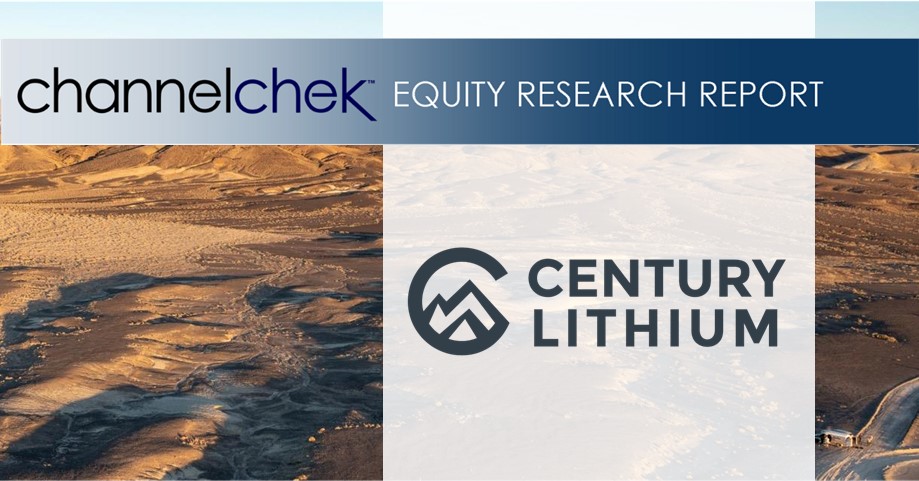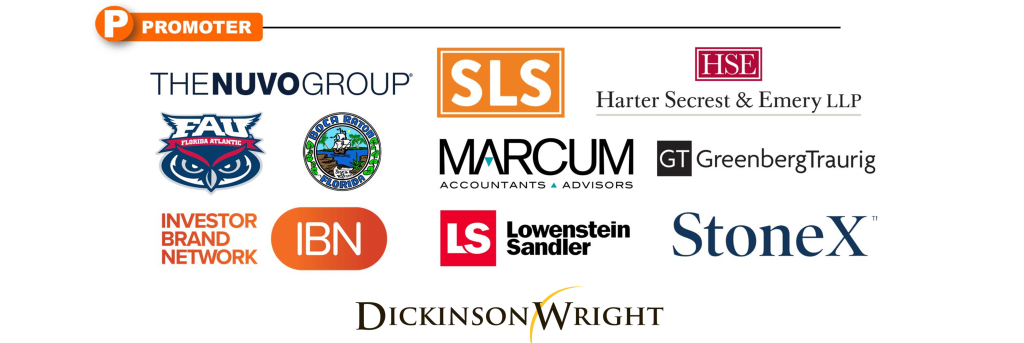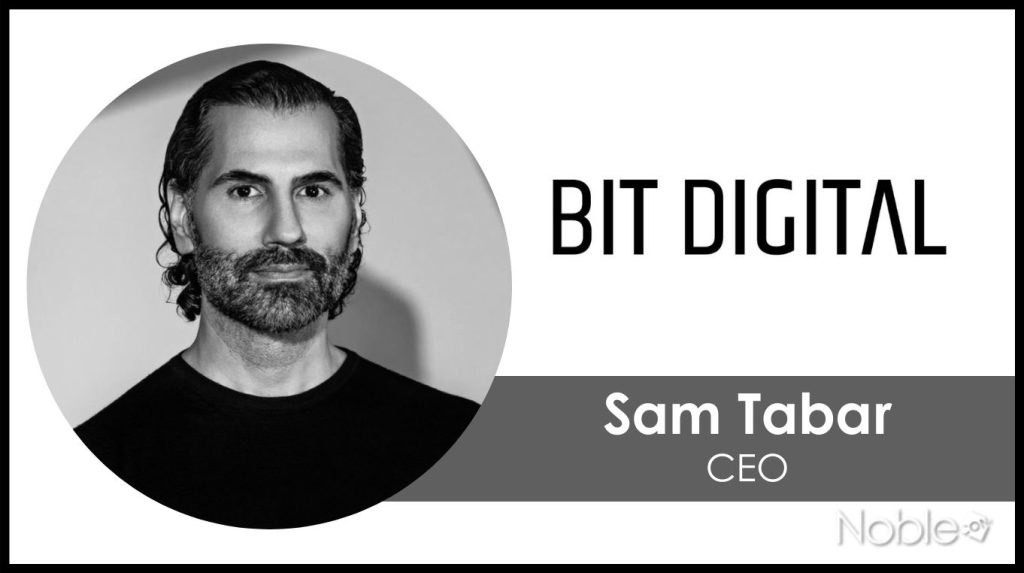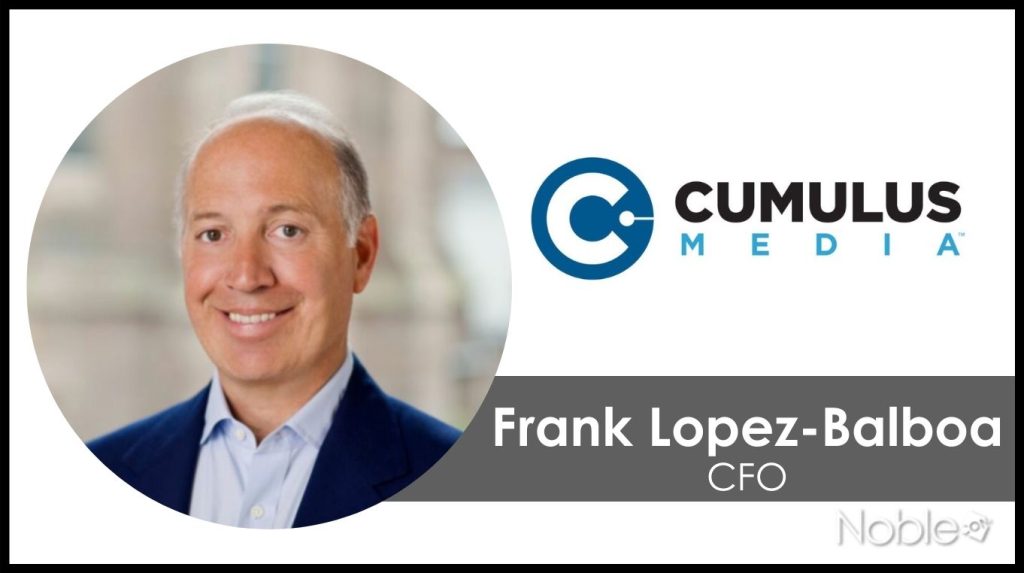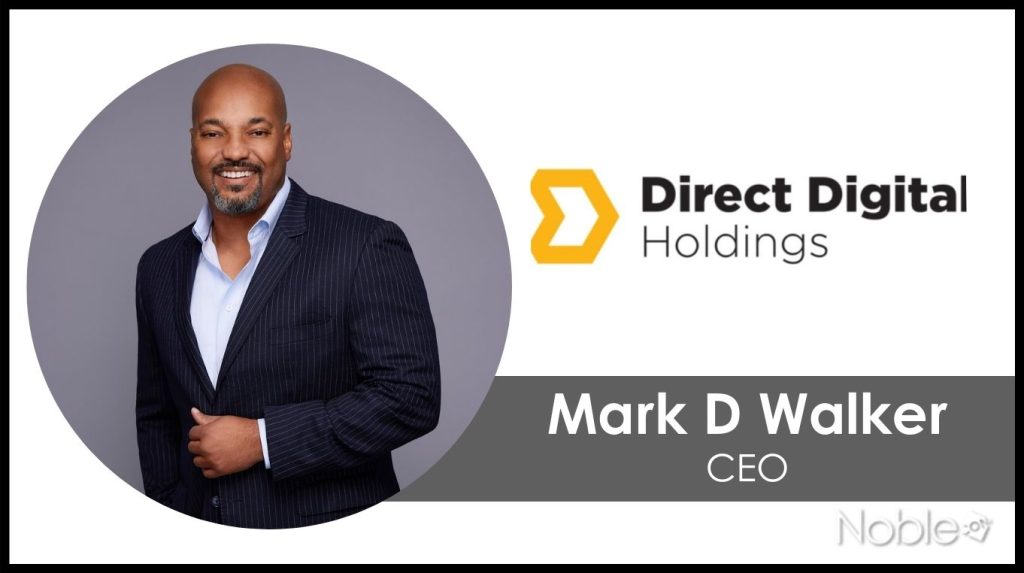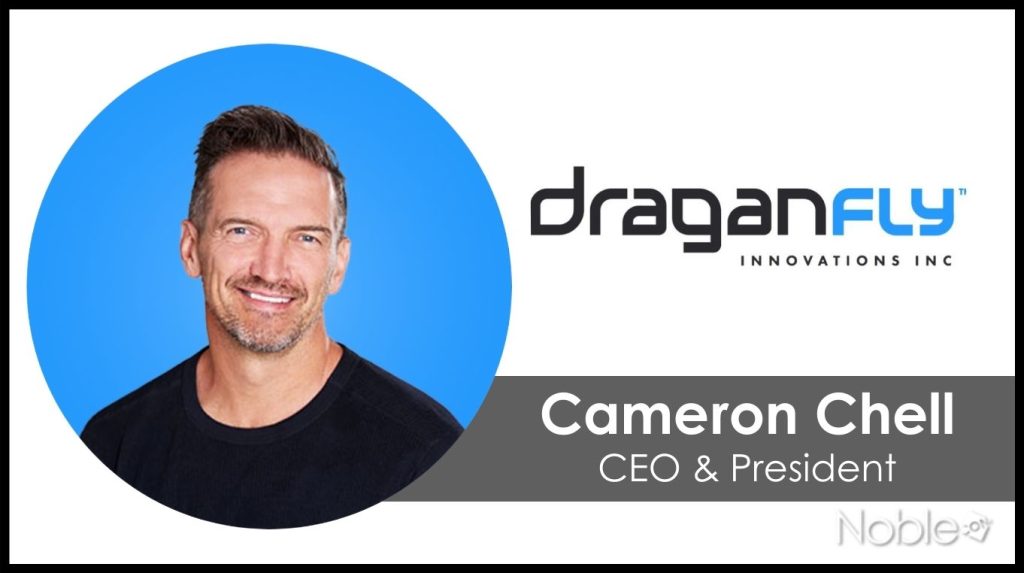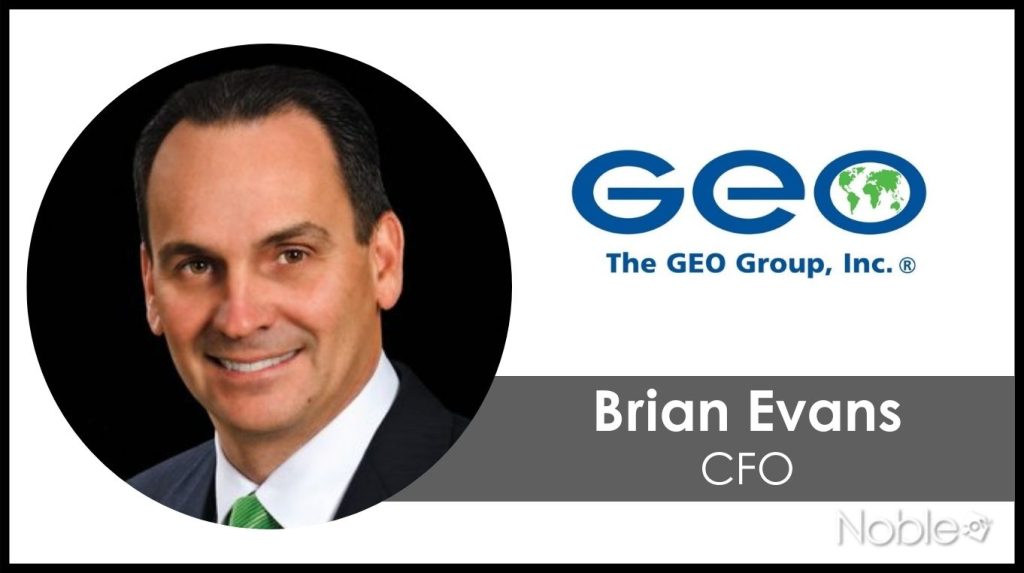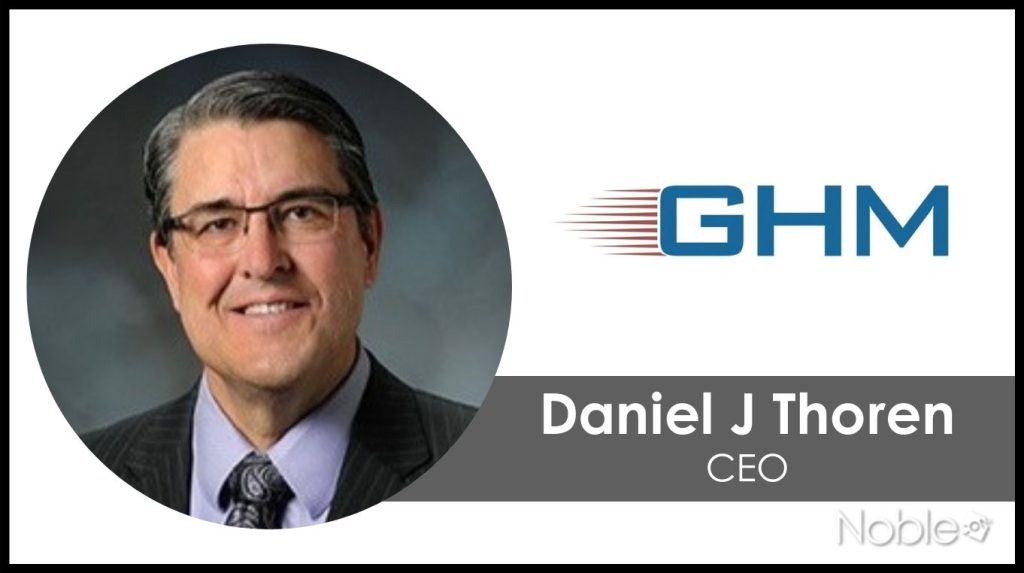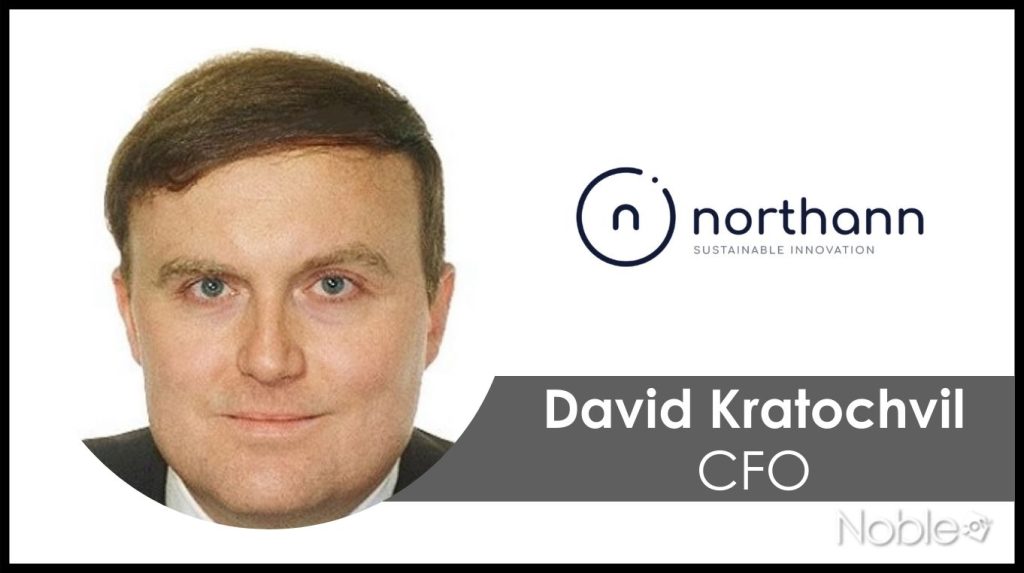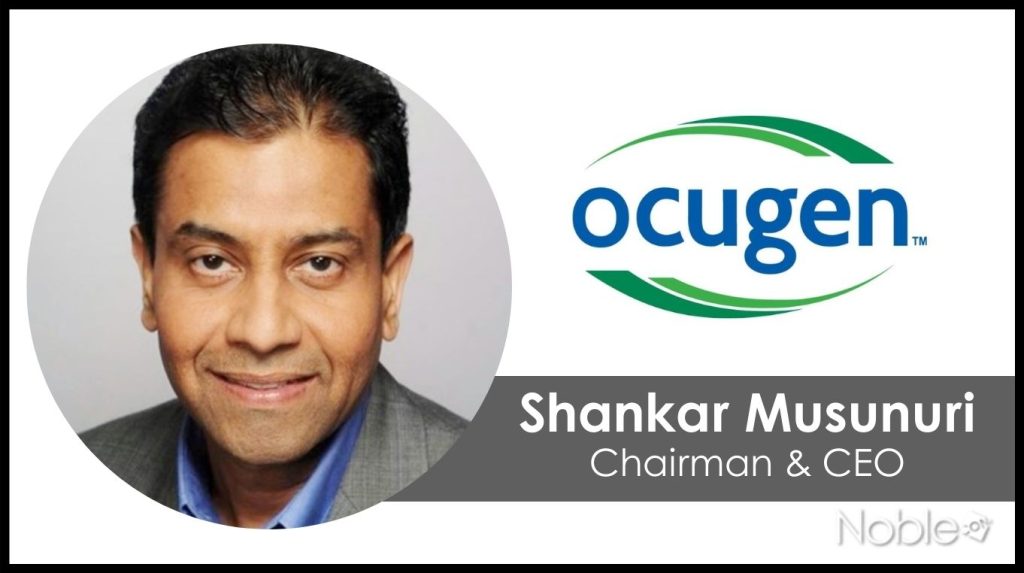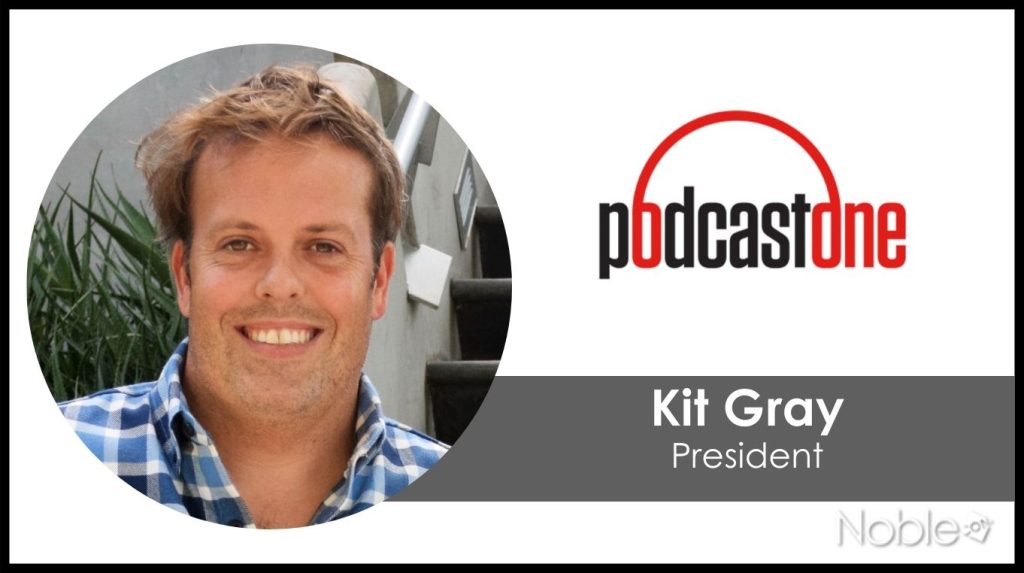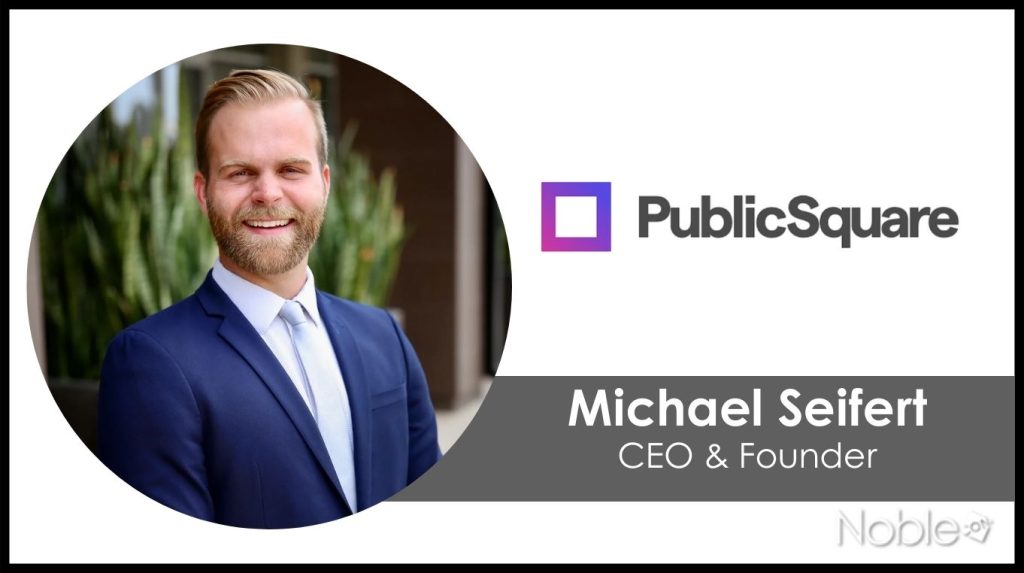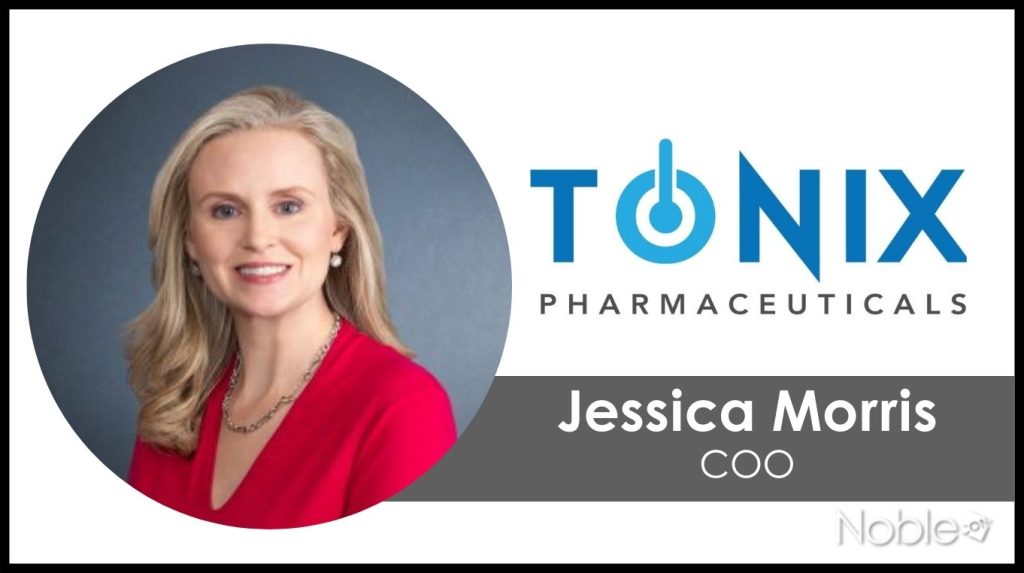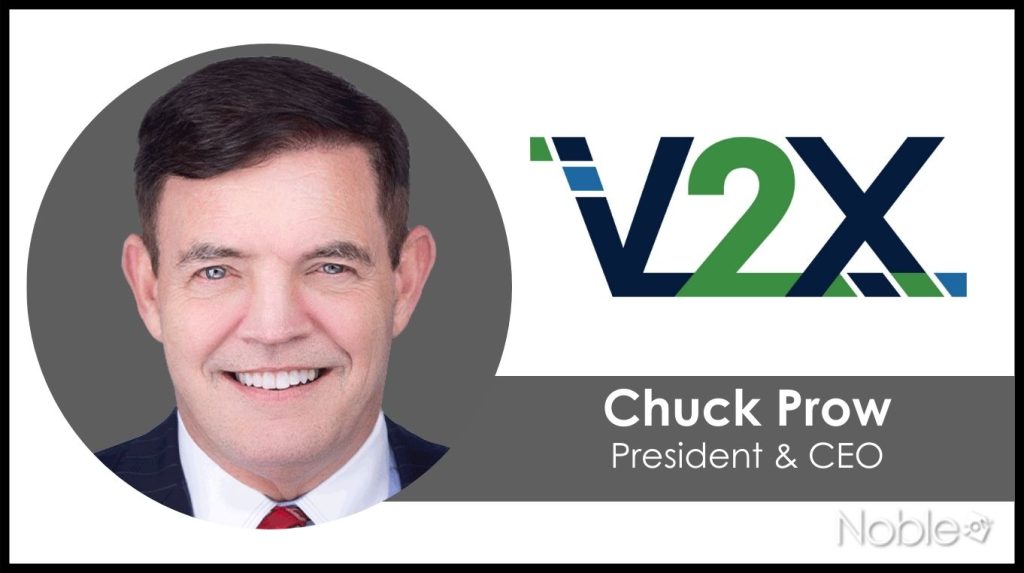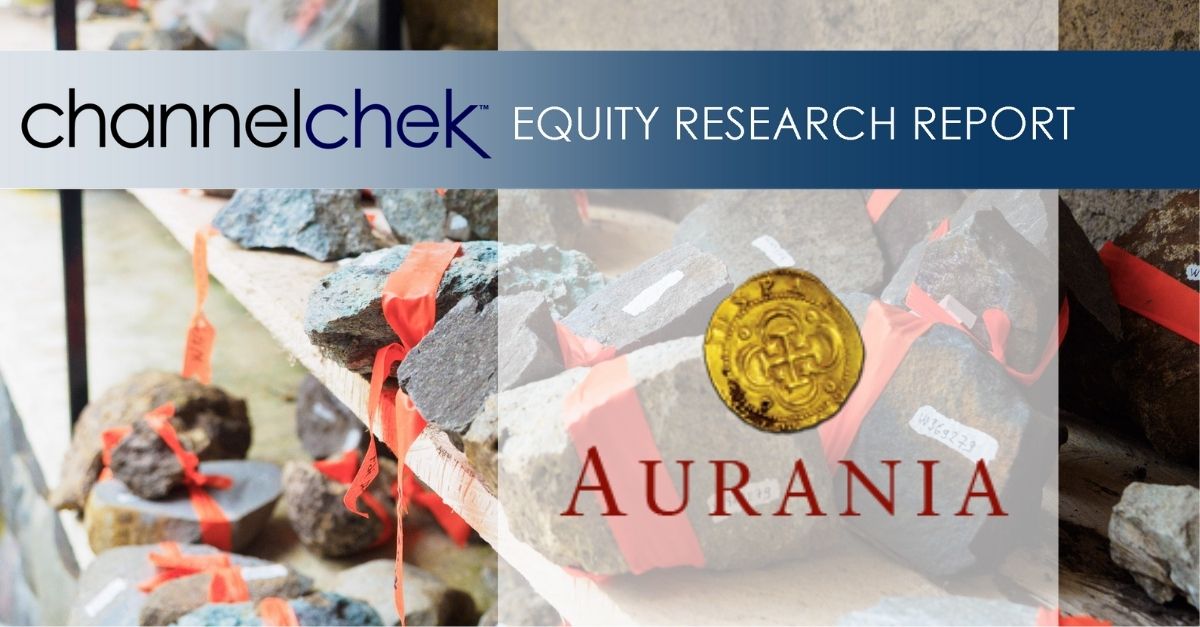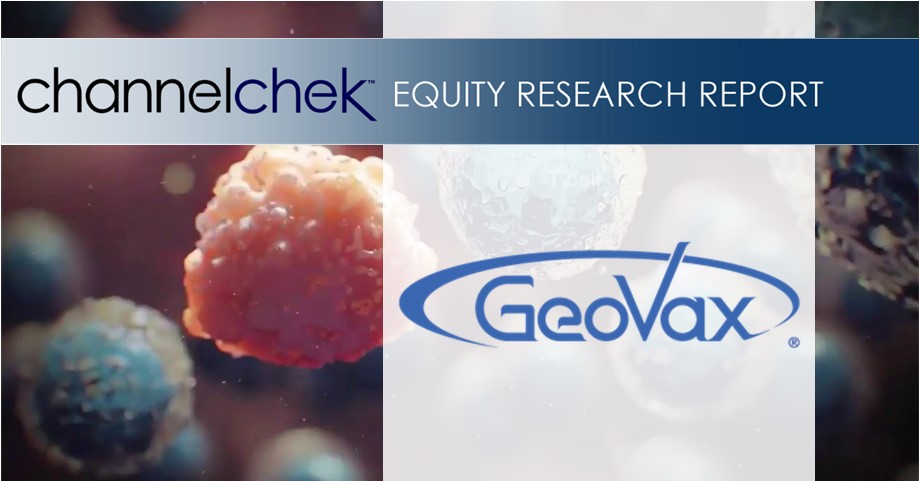
Monday, October 2, 2023
Michael Heim, CFA, Senior Research Analyst, Noble Capital Markets, Inc.
Refer to the bottom of the report for important disclosures
Oil price rose 30% in the third quarter helping propel the XLE Energy Index up 11.4%. Natural gas prices also rose after twelve months of decline. Higher oil prices reflect declining inventories due to rising demand that is not being met by rising supply.
Domestic oil demand is rising. Oil demand largely tracks the economy. And, while monetary tightening has slowed growth, demand is still growing. Recently, domestic demand has increased due to warm summer weather and increased propane exports to Europe.
Oil supply is not keeping pace. OPEC+ extended its production cuts. In previous decades, domestic producers would respond to production cuts by accelerating drilling. In recent years, producers have not increased drilling as noted by a sharp decline in domestic oil rig activity. Oil drilling rigs even declined this quarter despite the rise in oil prices. Limited drilling, combined with sharper well decline curves, has meant supply is not keeping up with demand.
Small cap producers are uniquely positioned to take advantage of higher prices. The production gains that came from horizontal drilling and fracking in the Permian Basin appear to be waning. That means well profitability has declined as producers move on to secondary and tertiary targets. This is especially an issue for larger production companies that need a large number of wells drilled to provide growth. In addition, large companies face regulatory and investor pressures regarding fossil fuel production that the smaller companies may avoid.
Energy Stocks
Energy stocks, as measured by the XLE Energy Index, rose 11.4% in the 2023 third quarter as compared to a 3.6% decline in the S&P 500 Index. The outperformance was largely due to rising oil prices. The November 2023 futures contract rose 30% during the quarter. Natural gas prices rose 4.9% during the quarter largely reflecting normal seasonal trends.
Oil Prices
The rise in oil prices corresponds to a drop in inventories. After a covid-induced spike in early 2020, domestic inventories have fallen steadily. During this period of monetary tightening, demand growth has slowed but remained positive. Supply, on the other hand, has stagnated. OPEC+ has extended cutbacks and domestic drilling activity has declined.
Figure #1

Source: EIA
The decline in drilling activity can best be seen by looking at domestic oil rig activity. Where once there were more than 1600 active wells, now there are one-third that number. What’s more, oil drilling activity has continued to decline in the third quarter even as oil prices have risen.
Figure #2

Source: Baker Hughes
Weather has also played a part as warm temperatures have meant increased use of oil for electric generations. Although oil represents a small portion of the generation load, it is an important component in the summer months when generation demand is greatest. Temperatures in the United States have been warmer than average each month this summer and 17 of the 24 months over the last four years.
Figure #3

Finally, it is worth noting that petroleum exports have been growing. Exports jumped after the Ukraine invasion as the United States rushed to ship petroleum to Europe to offset Russian supply disruptions. Note the large jump in propane exports since 2021 in the chart below. Propane, a component of the crude oil barrel, is one of the easier fuels to export until additional liquified natural gas export terminals are completed.
Figure #4

The combination of limited drilling, growing demand for electric generation and exports, and OPEC production cuts bodes well for oil prices.
Natural Gas Prices
The story for natural gas is less positive but improving. Sharp declines last winter bottomed out in April and have slowly begun to creep back upward. Natural gas production profitability is not great at prices near $3.00 per thousand cubic feet (mcf) but still profitable.
Figure #5

Source: Nymex, EIA
Outlook
We believe the outlook for energy companies remains favorable. Oil prices are high and do not show signs of falling due to OPEC cuts, reduced domestic drilling and rising demand for power generation and exports. We believe the case for smaller cap energy stocks is especially strong because they are less liquid and slower to react to rising energy prices. Smaller energy companies also face less political and investor pressure to shift away from carbon-based production.
GENERAL DISCLAIMERS
All statements or opinions contained herein that include the words “we”, “us”, or “our” are solely the responsibility of Noble Capital Markets, Inc.(“Noble”) and do not necessarily reflect statements or opinions expressed by any person or party affiliated with the company mentioned in this report. Any opinions expressed herein are subject to change without notice. All information provided herein is based on public and non-public information believed to be accurate and reliable, but is not necessarily complete and cannot be guaranteed. No judgment is hereby expressed or should be implied as to the suitability of any security described herein for any specific investor or any specific investment portfolio. The decision to undertake any investment regarding the security mentioned herein should be made by each reader of this publication based on its own appraisal of the implications and risks of such decision.
This publication is intended for information purposes only and shall not constitute an offer to buy/sell or the solicitation of an offer to buy/sell any security mentioned in this report, nor shall there be any sale of the security herein in any state or domicile in which said offer, solicitation or sale would be unlawful prior to registration or qualification under the securities laws of any such state or domicile. This publication and all information, comments, statements or opinions contained or expressed herein are applicable only as of the date of this publication and subject to change without prior notice. Past performance is not indicative of future results. Noble accepts no liability for loss arising from the use of the material in this report, except that this exclusion of liability does not apply to the extent that such liability arises under specific statutes or regulations applicable to Noble. This report is not to be relied upon as a substitute for the exercising of independent judgement. Noble may have published, and may in the future publish, other research reports that are inconsistent with, and reach different conclusions from, the information provided in this report. Noble is under no obligation to bring to the attention of any recipient of this report, any past or future reports. Investors should only consider this report as single factor in making an investment decision.
IMPORTANT DISCLOSURES
This publication is confidential for the information of the addressee only and may not be reproduced in whole or in part, copies circulated, or discussed to another party, without the written consent of Noble Capital Markets, Inc. (“Noble”). Noble seeks to update its research as appropriate, but may be unable to do so based upon various regulatory constraints. Research reports are not published at regular intervals; publication times and dates are based upon the analyst’s judgement. Noble professionals including traders, salespeople and investment bankers may provide written or oral market commentary, or discuss trading strategies to Noble clients and the Noble proprietary trading desk that reflect opinions that are contrary to the opinions expressed in this research report.
The majority of companies that Noble follows are emerging growth companies. Securities in these companies involve a higher degree of risk and more volatility than the securities of more established companies. The securities discussed in Noble research reports may not be suitable for some investors and as such, investors must take extra care and make their own determination of the appropriateness of an investment based upon risk tolerance, investment objectives and financial status.
Company Specific Disclosures
The following disclosures relate to relationships between Noble and the company (the “Company”) covered by the Noble Research Division and referred to in this research report.
Noble is not a market maker in any of the companies mentioned in this report. Noble intends to seek compensation for investment banking services and non-investment banking services (securities and non-securities related) with any or all of the companies mentioned in this report within the next 3 months
ANALYST CREDENTIALS, PROFESSIONAL DESIGNATIONS, AND EXPERIENCE
Senior Equity Analyst focusing on Basic Materials & Mining. 20 years of experience in equity research. BA in Business Administration from Westminster College. MBA with a Finance concentration from the University of Missouri. MA in International Affairs from Washington University in St. Louis.
Named WSJ ‘Best on the Street’ Analyst and Forbes/StarMine’s “Best Brokerage Analyst.”
FINRA licenses 7, 24, 63, 87
WARNING
This report is intended to provide general securities advice, and does not purport to make any recommendation that any securities transaction is appropriate for any recipient particular investment objectives, financial situation or particular needs. Prior to making any investment decision, recipients should assess, or seek advice from their advisors, on whether any relevant part of this report is appropriate to their individual circumstances. If a recipient was referred to Noble Capital Markets, Inc. by an investment advisor, that advisor may receive a benefit in respect of
transactions effected on the recipients behalf, details of which will be available on request in regard to a transaction that involves a personalized securities recommendation. Additional risks associated with the security mentioned in this report that might impede achievement of the target can be found in its initial report issued by Noble Capital Markets, Inc.. This report may not be reproduced, distributed or published for any purpose unless authorized by Noble Capital Markets, Inc..
RESEARCH ANALYST CERTIFICATION
Independence Of View
All views expressed in this report accurately reflect my personal views about the subject securities or issuers.
Receipt of Compensation
No part of my compensation was, is, or will be directly or indirectly related to any specific recommendations or views expressed in the public
appearance and/or research report.
Ownership and Material Conflicts of Interest
Neither I nor anybody in my household has a financial interest in the securities of the subject company or any other company mentioned in this report.







